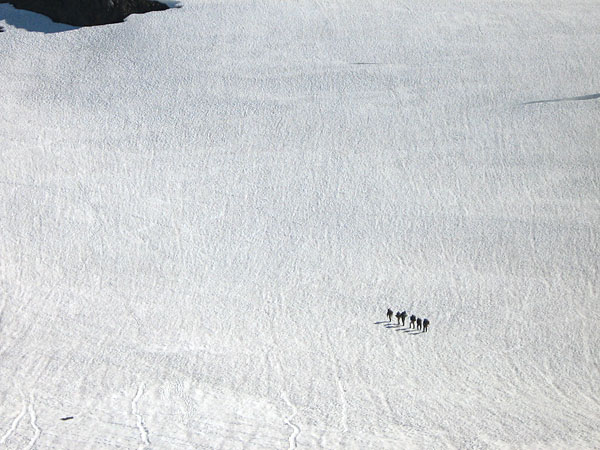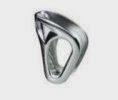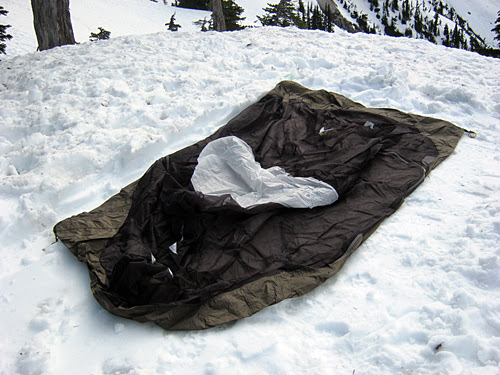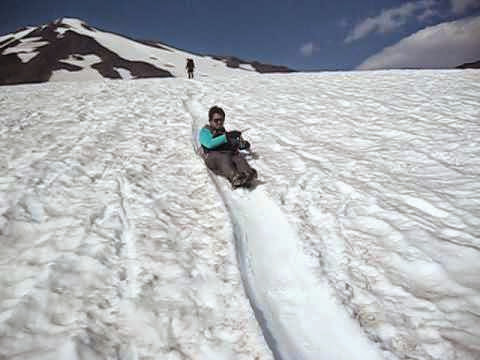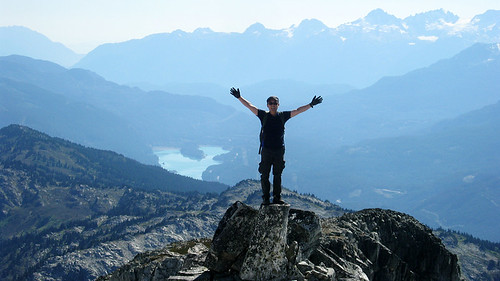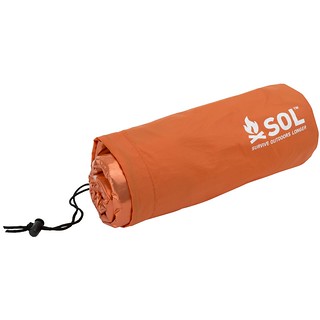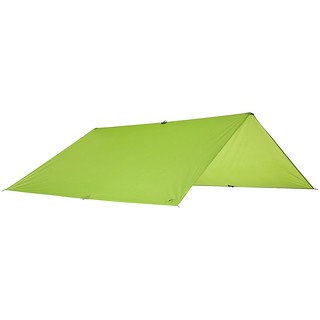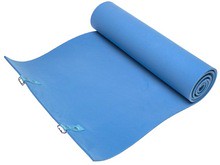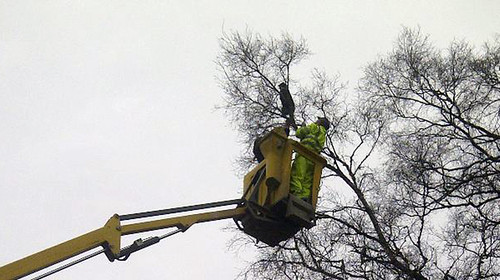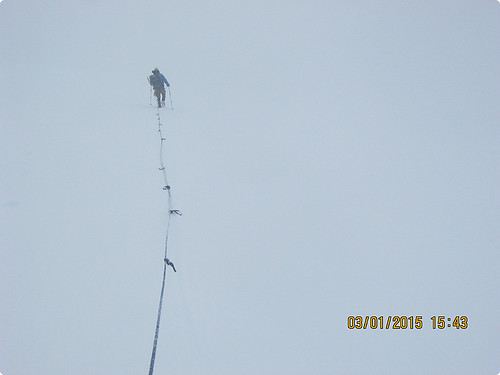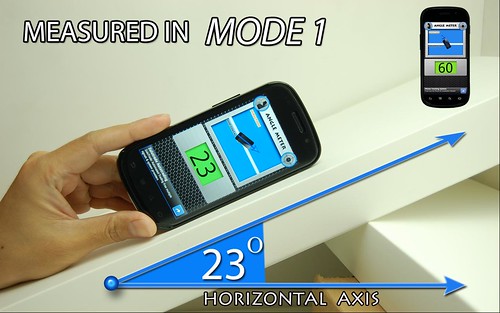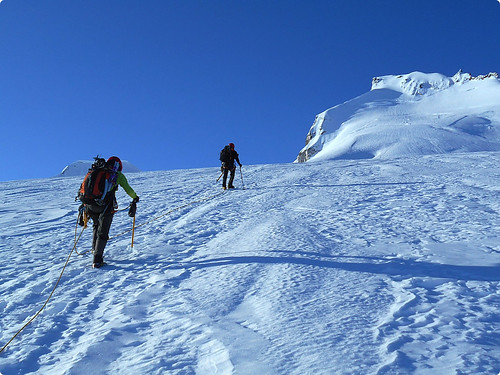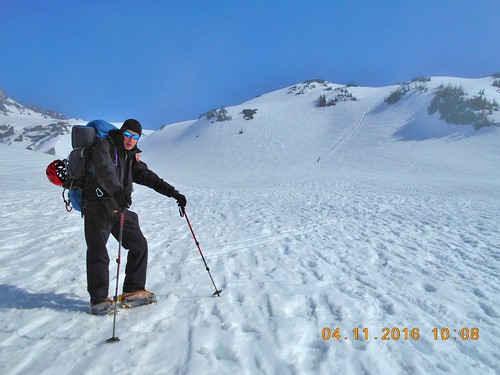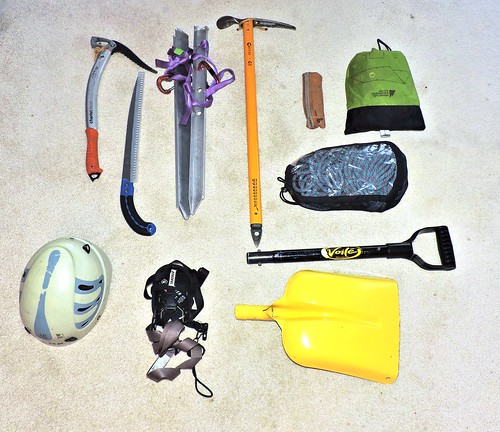PanShiBo
Alpine Tip #9: Carry spare sunglasses
Always carry spare sunglasses or one day you will learn the lesson hard way. Despite it is an obvious advise, every now and then I meet such people in dare situation, with original sunglasses either dropped, broken or misplaced. Of course, this happens in the worst possible place such as on the glacier on a sunny day with at least one day travel each way. And of course, none of the rest of the friends brought spare. ( Visit to the nearest dollar store to pick up plastic backup pair would have saved the trouble. ) 8)
References
1. Sunglasses wikipedia
2. The Rudiments of Alpine. Directory.
3. Top Ten Technical Skills of The Modern Alpine Climber

